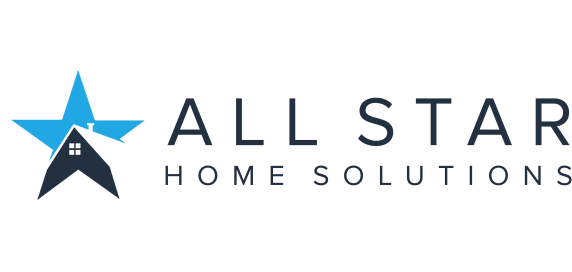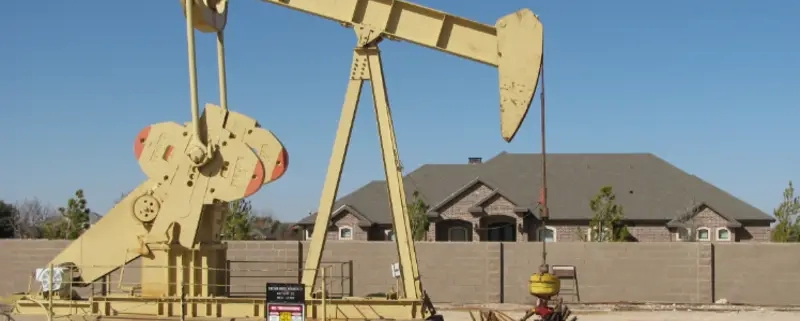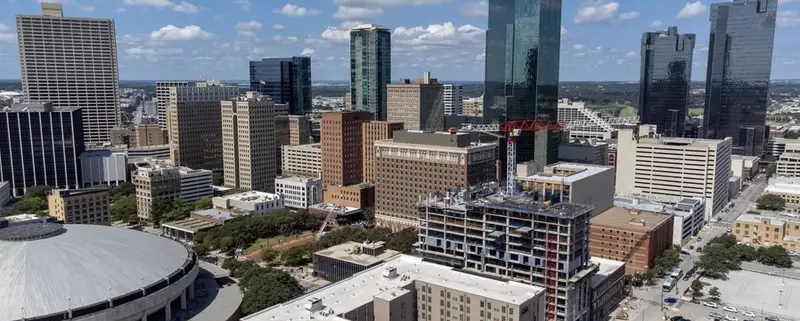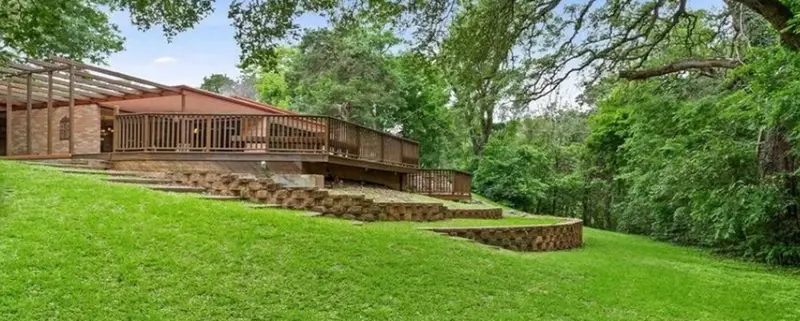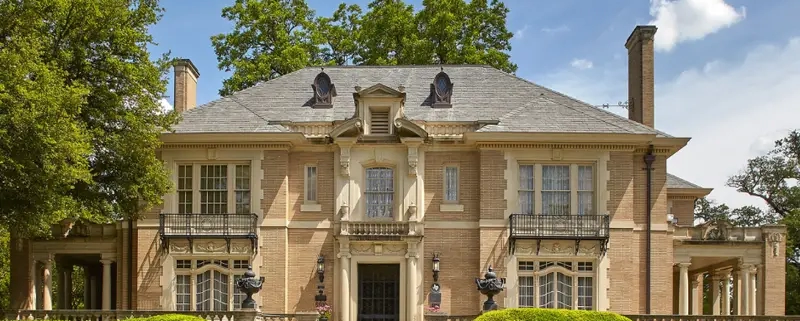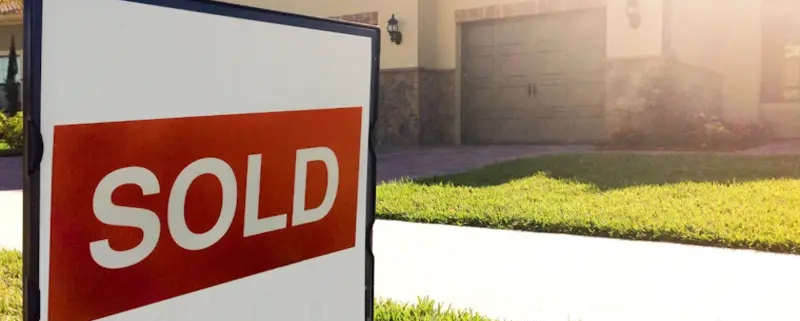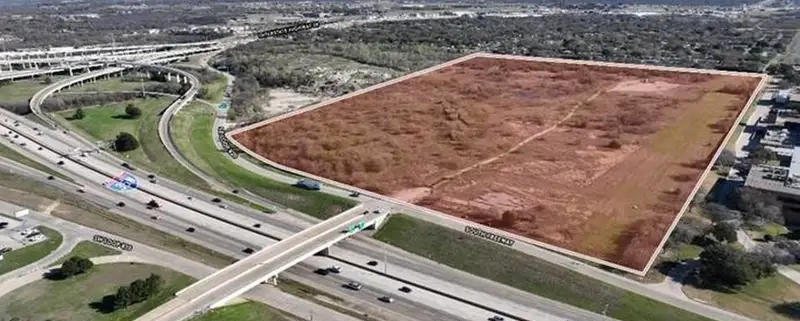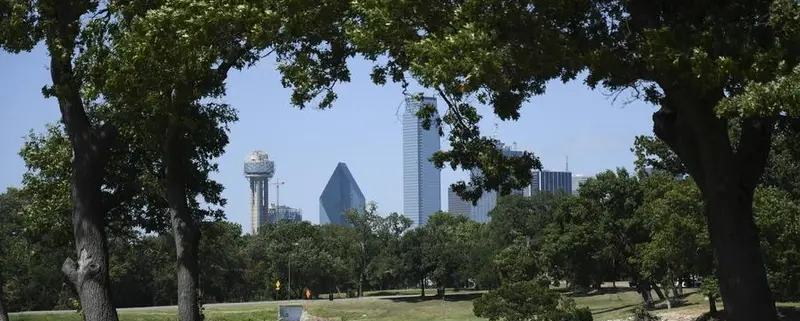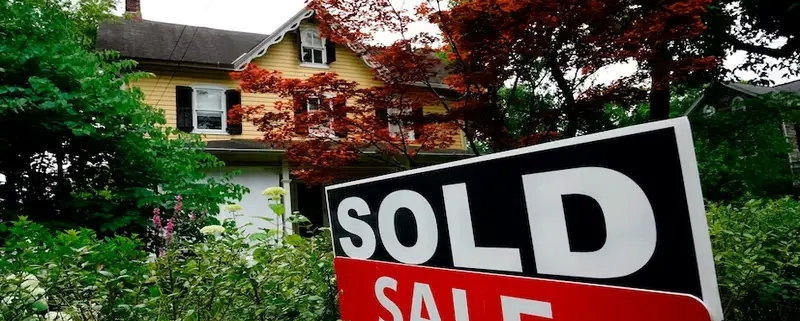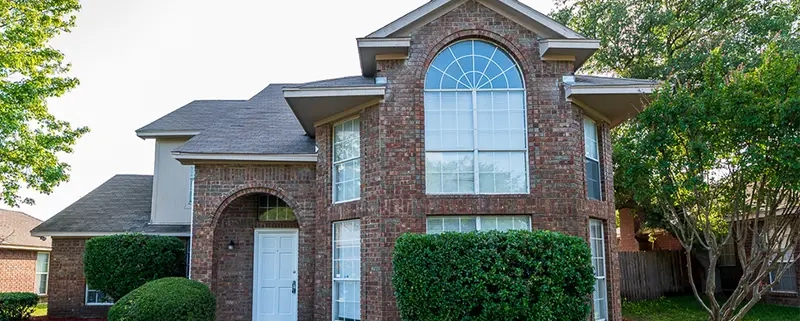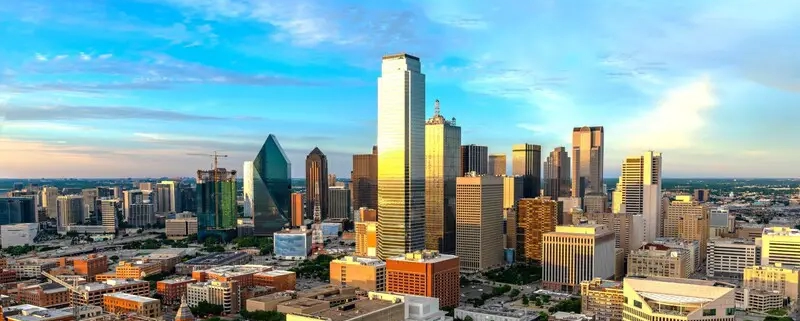In the vast expanse of the Texas real estate market, the ebb and flow of economic forces play a pivotal role. One such force that holds a particularly significant sway is the fluctuation of oil prices. As the lifeblood of the state’s economy, oil prices can send ripples through the real estate landscape, influencing everything from property values to market dynamics. In this exploration, we delve into the nuanced relationship between oil prices and Texas real estate, dissecting the impact on both residential and commercial sectors.
The Texas Oil Economy:
To comprehend the intricate dance between oil prices and real estate, one must first grasp the magnitude of the oil industry’s role in the Texas economy. With vast oil reserves and a robust energy sector, Texas has long been a key player in the global energy market. The state’s economic fortunes are intricately linked to the booms and busts of the oil industry, creating a symbiotic relationship that resonates throughout the real estate market.
Residential Real Estate: A Tale of Two Markets:
The impact of oil prices on residential real estate in Texas is a multifaceted story. During periods of soaring oil prices, regions with a strong oil presence often experience a surge in economic prosperity. This influx of wealth can stimulate demand for luxury homes, driving up property values in oil-rich communities. Conversely, when oil prices dip, the ripple effect is felt in residential real estate, with a potential decline in property values and a slowdown in housing market activity.
Market Dynamics and Regional Variances:
The influence of oil prices on Texas real estate is not uniform across the state. Regions heavily reliant on the oil industry, such as the Permian Basin and Eagle Ford Shale areas, tend to experience more pronounced fluctuations in property values. In contrast, metropolitan areas like Austin and Dallas, which boast diverse economies, may demonstrate more resilience in the face of oil price volatility.
Commercial Real Estate: Balancing Act of Demand and Supply:
The commercial real estate landscape in Texas mirrors the undulating rhythms of the oil market. When oil prices are high, demand for commercial spaces, especially in energy-centric industries, tends to surge. Office buildings, warehouses, and industrial facilities experience heightened demand to accommodate the flourishing oil-related businesses. Conversely, economic downturns driven by low oil prices may lead to a contraction in commercial real estate demand, affecting vacancy rates and rental prices.
Office Space Dynamics:
The demand for office spaces in Texas is intricately tied to the health of the oil industry. During oil booms, companies involved in energy exploration and production expand their operations, driving up the need for office spaces in key business hubs. However, when oil prices plummet, contraction in the energy sector may lead to a surplus of office spaces, impacting the overall commercial real estate market.
Retail and Industrial Real Estate:
The impact of oil prices extends beyond office spaces to retail and industrial real estate. In thriving oil economies, increased employment and higher incomes stimulate consumer spending, benefiting retail properties. Industrial real estate, particularly warehouses and logistics facilities, experiences heightened demand as the oil industry necessitates robust supply chains. Conversely, economic downturns may translate to reduced consumer spending and a slowdown in industrial activity, affecting both retail and industrial real estate sectors.
Investor Sentiment and Financing Dynamics:
Oil price fluctuations can influence investor sentiment in the Texas real estate market. In times of economic uncertainty driven by volatile oil prices, investors may exercise caution, leading to a more conservative approach to real estate investments. Financing dynamics also come into play, with lenders adjusting their risk assessments based on the perceived stability of the energy sector.
Diversification Strategies:
Recognizing the cyclical nature of the oil industry, real estate developers and investors in Texas often employ diversification strategies to mitigate risks. Diversifying into non-energy sectors, such as technology, healthcare, and finance, allows real estate portfolios to remain resilient in the face of oil price volatility. Cities like Austin, which have successfully diversified their economies, exemplify the effectiveness of such strategies in weathering economic storms.
Long-Term Resilience and Adaptability:
The Texas real estate market has demonstrated a remarkable ability to adapt and rebound from the impact of oil price fluctuations. While short-term disruptions may occur, the state’s economic diversity and resilience contribute to long-term stability. Real estate professionals, developers, and investors who embrace adaptability and stay attuned to market dynamics are better positioned to navigate the undulating waves created by oil price movements.
In the vast canvas of Texas real estate, the impact of oil prices paints a dynamic picture of interconnectedness. From the residential neighborhoods of oil-rich regions to the bustling commercial hubs of major cities, the undulating waves of the oil industry resonate throughout the market. Understanding this intricate relationship is essential for stakeholders in the Texas real estate landscape. While oil price fluctuations may introduce challenges, they also create opportunities for those who can navigate the market with resilience, strategic foresight, and a keen understanding of the ever-evolving dynamics between black gold and brick-and-mortar.
